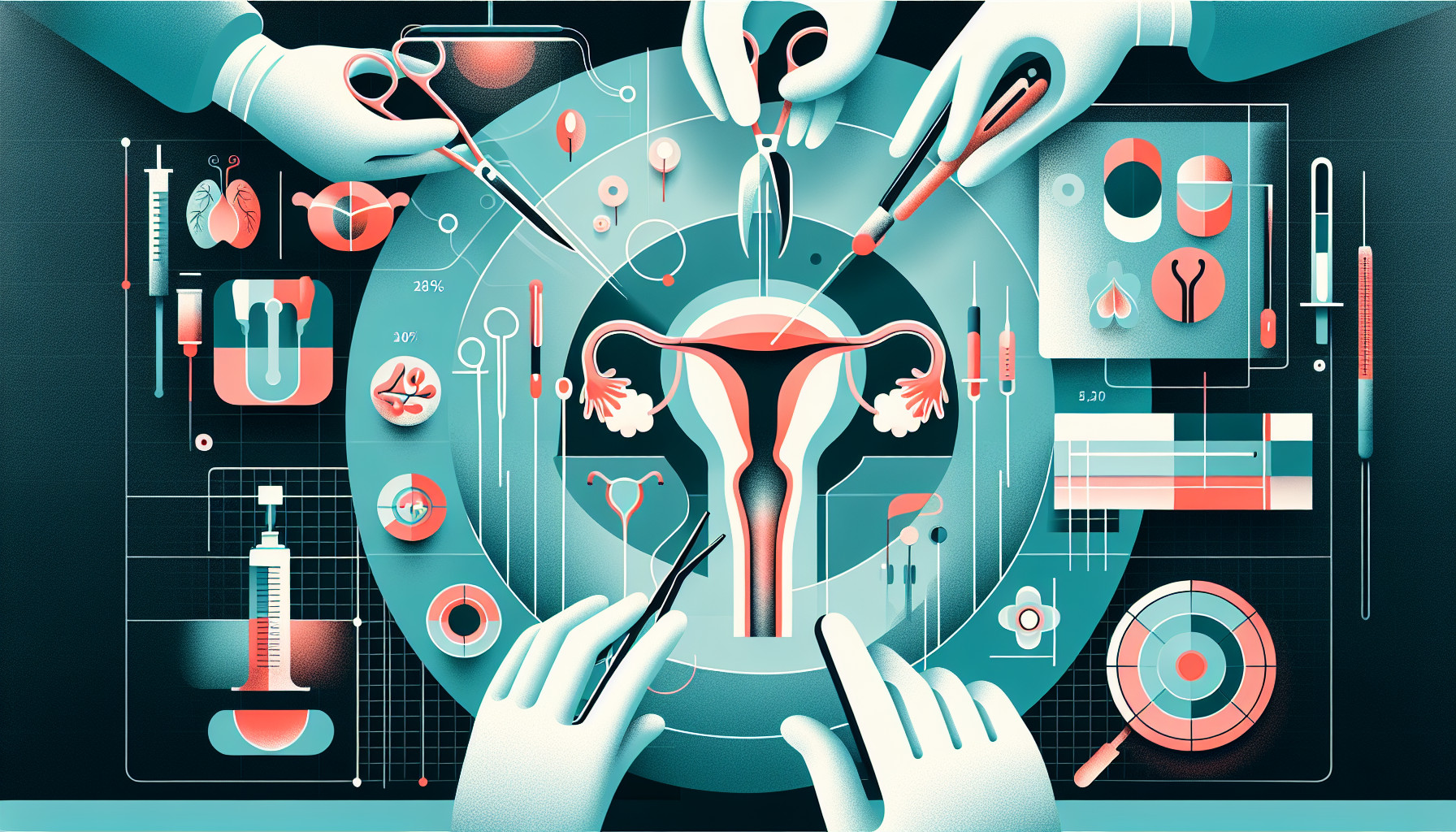Our Summary
This research paper discusses sexual dysfunction (SD) that can occur after a type of surgery known as urethroplasty. The causes of these sexual problems are various and we don’t know exactly how many people it affects. Even though the evidence suggests that it’s rare, new cases of sexual dysfunction can lead to dissatisfaction even when the surgery is otherwise successful.
The type of urethroplasty that carries the highest risk of sexual dysfunction is posterior urethroplasty, which is most often due to the pelvic fracture itself rather than the surgery. With another type of surgery, anterior urethroplasty, a specific method (transecting bulbar urethroplasty) has a higher chance of causing sexual dysfunction compared to other methods.
However, the good news is that most patients who experience sexual dysfunction after urethroplasty recover within six months following their surgery.
FAQs
- What is posturethroplasty sexual dysfunction?
- What type of urethroplasty carries the highest chance of sexual dysfunction?
- How long does it typically take for patients to recover from posturethroplasty sexual dysfunction?
Doctor’s Tip
One helpful tip a doctor might give a patient about urethroplasty is to understand that sexual dysfunction after the procedure is multifactorial and can occur, but it is often temporary and most patients recover within 6 months. It is important to communicate any concerns or changes in sexual function to your doctor so they can provide appropriate support and guidance.
Suitable For
Patients who are typically recommended for urethroplasty are those who have urethral strictures that cannot be managed by other less invasive treatments such as dilation or urethrotomy. Urethroplasty may also be recommended for patients who have recurrent strictures or those with complex or long strictures. Additionally, patients who have had traumatic injuries to the urethra, such as pelvic fractures, may also be candidates for urethroplasty.
Timeline
Before urethroplasty:
- Patient experiences symptoms of urethral stricture, such as difficulty urinating, weak urine stream, frequent urination, and urinary retention.
- Patient undergoes diagnostic tests, such as urethral imaging, uroflowmetry, and cystoscopy, to confirm the diagnosis of urethral stricture.
- Treatment options, such as urethral dilation or urethrotomy, may be attempted before considering urethroplasty.
- Patient and surgeon discuss the risks and benefits of urethroplasty, including potential complications such as sexual dysfunction.
After urethroplasty:
- Patient undergoes urethroplasty surgery, which involves reconstructing the narrowed or blocked part of the urethra using tissue grafts or flaps.
- Patient may experience postoperative pain, swelling, and discomfort, which are managed with pain medications and follow-up care.
- Patient is monitored for complications such as infection, fistula formation, or recurrence of urethral stricture.
- Patient may experience sexual dysfunction, such as erectile dysfunction or decreased libido, as a result of the surgery.
- Most patients with posturethroplasty sexual dysfunction recover within 6 months after surgery, but some may require additional treatment or counseling.
- Patient follows up with their surgeon for long-term monitoring and management of any ongoing issues related to the urethroplasty.
What to Ask Your Doctor
- What is the success rate of urethroplasty for my specific condition?
- What are the potential risks and complications associated with urethroplasty?
- How long is the recovery period after urethroplasty?
- Will I experience any changes in sexual function after the procedure?
- Are there any specific lifestyle changes or precautions I should take before or after urethroplasty?
- What is the likelihood of needing additional surgeries or treatments in the future?
- What is the expected outcome in terms of urinary function after urethroplasty?
- How experienced are you in performing urethroplasty procedures?
- Are there any alternatives to urethroplasty that I should consider?
- What can I expect in terms of follow-up care after the procedure?
Reference
Authors: Dogra PN, Singh P, Nayyar R, Yadav S. Journal: Urol Clin North Am. 2017 Feb;44(1):49-56. doi: 10.1016/j.ucl.2016.08.013. PMID: 27908371
